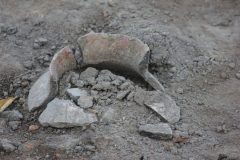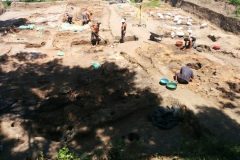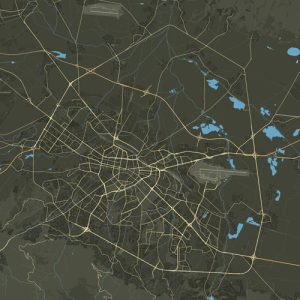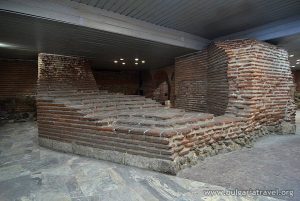Situated along Shipchenski Prohod Blvd. in Sofia, the Slatin Neolithic settlement was unearthed in 1950 during excavation work carried out by construction workers in the Geo Milev district of Sofia. Reports and dates confirming the Neolithic settlement’s existence surfaced in 1958.
During construction excavation in what was then the student quarter, archaeologists discovered ancient remnants of dwellings constructed with stakes coated in clay, hearth stucco, and an assortment of handcrafted clay vessels. This Neolithic settlement mound, situated on the left bank of the Slatinska River, was initially dated to the 3rd millennium BC. Subsequent rescue excavations in 1985 revealed that the Slatina Neolithic settlement spans an expansive area of 80 decares, with cultural layers reaching a depth of 3 meters distributed across five construction horizons.
Through accumulated research in 1987, the settlement was determined to date back to 6,000 years before Christ (early Neolithic), marking it as the oldest settlement within Sofia’s territorial boundaries. The site yielded a wealth of artifacts, including nine houses aligned in parallel rows, dozens of stone axes and adzes, bars, sharpeners, hundreds of flint knives, skin scrapers, sickles for harvesting and mowing, chromels, weights for looms, and spoons. Additionally, evidence of burials was uncovered, providing valuable insights into the ancient history of the region.







